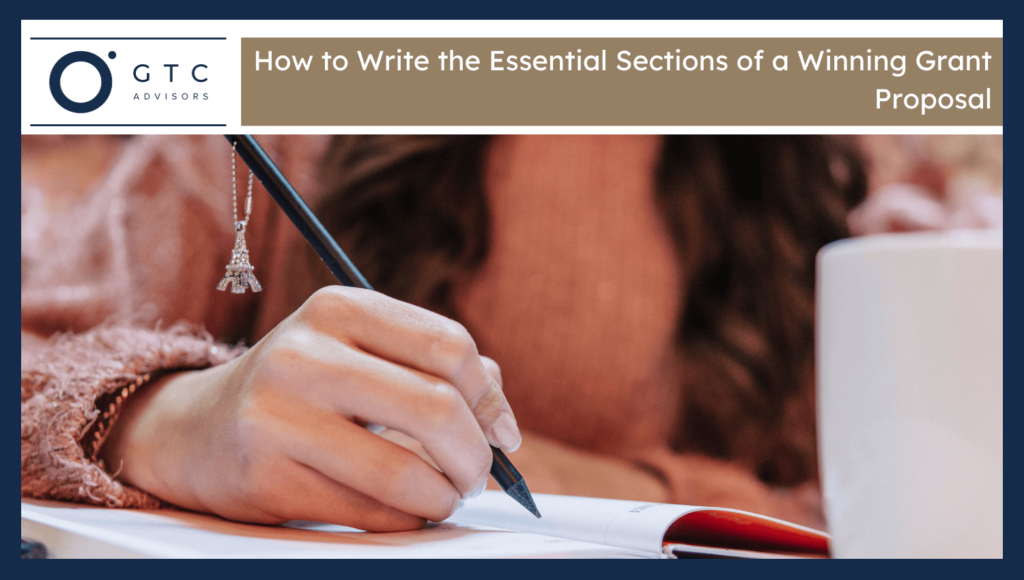The success of a grant proposal depends on the clarity and structure. Every section enhances the weight of your request. The funders seek precision, intention, and consistency with their purposes. Direct language and concentrated thoughts leave a powerful impression. The information on the impact and utilisation of funds creates trust. An effective proposal eliminates misunderstanding and builds trust. When written carefully and attentively, a proposal becomes an efficient method of garnering support.
What Do You Include in the Executive Summary?
The following are the four key pieces to cover:
- State the Purpose: Explain why the project is needed and tell them in simple language what the primary purpose is.
- Summarise Key Points: Provide an overview of the issue, solution, and expected outcomes and make the overview short.
- Highlight Funding Need: Explain how much money is desired and how it fills a need. Show how the budget has helped in providing important activities.
- Keep It Concise: Make sentences short and use easy-to-understand words. Stick with the basics, and eliminate unnecessary detail.
How Do You Write a Strong Statement of Need?
Here are the four main steps to follow to write a strong statement of need:
- Describe the Problem: Explain in simple terms the problem that your project tackles. Add who it affects the most and why it is important.
- Use Data and Evidence: Use research or statistics to support all your points. Proper numbers make your argument more convincing.
- Show Urgency: Explain why there is an urgent need to address the issue. Emphasise the consequences of no change.
- Align with Funder Goals: Relate your project to the mission of the funder. Show how what you do supports their goals.
What Details Should Go in the Project Description?
Below are the four important details to include:
- Outline Objectives to help determine the purpose of your project, making it specific and measurable.
- Explain the Approach, give people an explanation of the strategies and tactics you are going to use and how they relate to your goals.
- Setting a Timeline helps show activities in a schedule and when major milestones are met.
- Identify Beneficiaries, state who receives the desired impacts of the project and highlight the benefits they enjoy.
How Do You Prepare the Budget and Justification?
The following are four important steps to include:
- Breakdown Costs provides a list of expenses like staff, equipment, materials, and services in detail.
- Match Funding to Activities facilitates the relationship between every expenditure and a related project activity to ensure that spending is consistent with goals.
- Include Matching Funds, add any copayments of partners, organisations or in-kind support to enhance the proposal.
- Explain the Necessity, and clarify why each cost is required to succeed with the project.
What Do You Highlight in the Organisational Background?
Below are the four important points to include:
- Provide History present a brief history of the date of foundation, the mission, and significant milestones that have influenced its development.
- Highlight Expertise, explain the specialised skills, successful projects or unique experience that can relate directly to the work at hand.
- Mention Key Staff identifies key members of staff with their qualifications, positions and their significance to the success of the project.
- Demonstrate Capacity focuses on resources, relationships or track records which indicate that the organisation is capable of handling the project.
How Do You Create an Effective Evaluation Plan?
The four important points to include are listed below:
- Define Success Metrics, indicate the measurable indicators like outputs, outcomes, or impact, which demonstrate the progress of the project.
- Use Data Collection Methods refers to the tools that collect valid and valuable data, such as surveys, interviews, or reports.
- Report on Milestones provides an outline of checkpoints on a periodical basis, where records of achievements and challenges are made to be reviewed.
- Link Results to Objectives, display collected data about the goals of the project, to prove accountability and efficiency.
What Do the Sustainability Plan have?
Here are four key points to be mentioned:
- Outline Future Funding, explain how the project is sustained by fluctuating revenue sources or lasting grants.
- Show Community Support focuses on involvement, endorsements, or donations of local organisations and stakeholders.
- Highlight Partnerships show partnerships with organisations that increase resources and plan project influence.
- Plan for Scalability tells how the project is going to increase over time to reach more beneficiaries without losing the quality.
Which Supporting Documents Should You Include?
The following are the four supporting documents to be included:
- Letters of Support show the support of the partners, community leaders, or stakeholders. These are letters marking cooperation, trust and external support of your project.
- Proof of Legal Status includes registration certificates, permits and tax-exempt letters. The authenticity of the organisation is verified through these documents. They are used by funders to confirm their willingness to manage money.
- Financial Statements show the income, expenditure, and assets. They enable the funders to evaluate stability and accountability.
- Additional Attachments, such as staff resumes, organisational charts, project timelines or visuals, can be given. The documents provide us with a better understanding of your team’s capabilities. Their addition shows readiness and helps to support important allegations.

George C. Tagg, Jr.
George serves as a trusted counsel to business leaders, non-profit executives, and management teams. George is a licensed attorney with a master’s in international affairs and over 20 years’ experience in the U.S. Congress, Department of State, Department of Defense, global public policy, and political campaigns.


